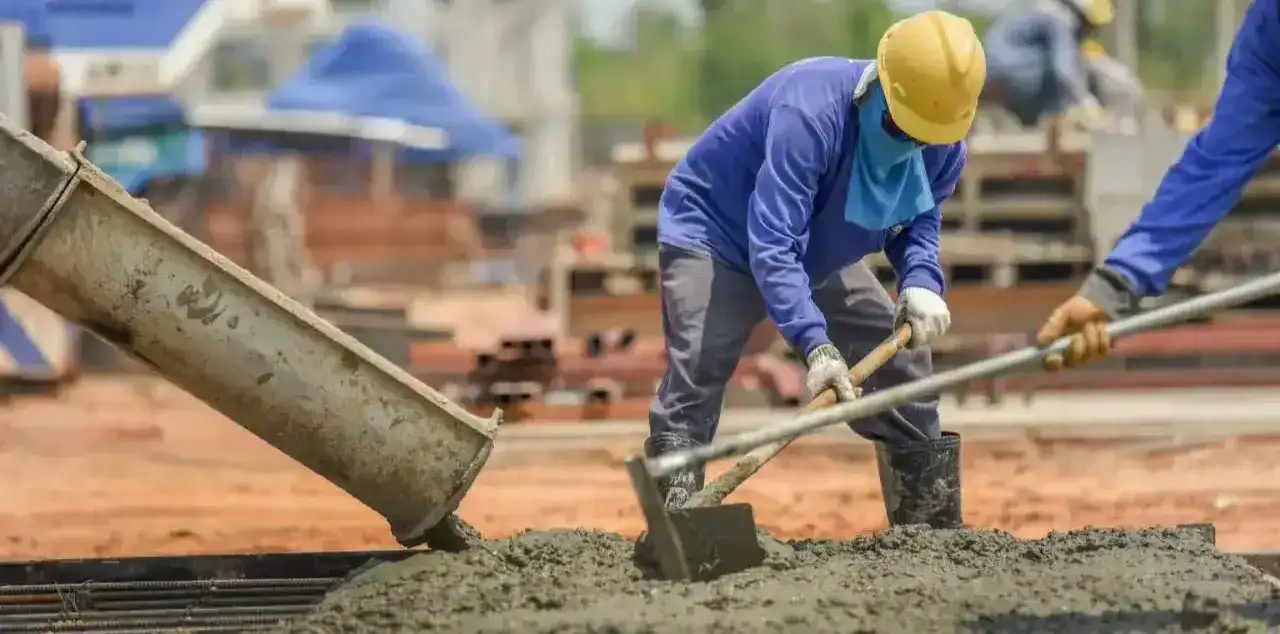Generating a closely accurate price for a concrete job is important to any contractor or estimator. Cost estimates undergo a measured precision to achieve profitability and competitiveness in all projects. Inaccurate pricing results in overpricing, which causes the company to lose bids. Underpricing also reduces the company’s profits.
READ THE FOLLOWING GUIDELINES FOR EASY MANAGEMENT OF THE PRICE OR COST OF CONCRETE JOBS.
What Does Pricing a Concrete Job Involve?
Estimating concrete jobs involves determining the cost of the materials, labor, and plant required for the job during the project. Better estimates also mean that the bids truly depict the cost and have a profit margin sufficient to meet all your needs.
DO YOU WANT EXPERT HELP IN PREPARING YOUR ESTIMATES? PLEASE CONTACT SMA ESTIMATING LLC WHEN YOU NEED PROFESSIONAL AND ACCURATE SERVICES.
Steps to Price Concrete Jobs Effectively
Step 1: Review Plans and Specifications
It will begin with the assessment of the project plans and specifications. This helps you recognize exactly what work is to be done and what materials or how much of them are needed. Look for:
- Detailed drawing for the concrete placement.
- Required compressive strength, necessary dimensions, and other requirements.
- Other items include formwork, rebar or vapor barriers, etc.
Make use of the review that follows to compile your takeoff list. Fortunately, there are a lot of tools that can help you avoid missing an important aspect of your work.
Step 2: Understand the Project Scope
To do this, you need to clearly define what you are going to do for a project. Subcontractors often assume work from a general contractor, and therefore, one should guarantee that the tasks match the estimate. The concrete contractors should check if the package covers the following expenses:
- Site preparation
- Excavation
- Other kinds of concrete finishing
Ensure clear communication with the client or the architect before the project begins to avoid shocks. For example, “Does the project require glossy and polished work or is it just a slab? Such details are important to know to arrive at the right pricing.
Step 3: Measure and Calculate Quantities
Accurate measurements are essential when pricing concrete jobs. Therefore, it is advisable to begin by computing the areas, lengths, and thicknesses based on the project dimensions. If done manually, ensure you are doing it at the right scale.
For volume calculations:
- Multiply length, width, and thickness (in feet) to get cubic feet.
- Divided by 27 to convert cubic feet to cubic yards.
These calculations are sometimes complex, and takeoff software can automate such computations. Most tools also enable you to define material dimensions and get the quantities from digital plans.
Step 4: Determine Material Costs
The cost of concrete depends on the grade or type of concrete, its design mix, and the compressive strength per square inch. Contact local suppliers to get updated prices for:
- Ready-mix concrete
- Reinforcement materials (rebar mesh, etc.)
- Formwork and other accessories
There should be an allowance for price variation within the project length, whether short or long. When dealing with specialty materials like HPC, extra costly expenses should also be considered.
Step 5: Account for Labor Costs
Labor costs depend on:
- Project complexity
- Crew size and skill level
- Time for completion
Concrete estimators should evaluate labor in terms of hourly wages and the expected working hours. Subdivide tasks into figures like pouring, finishing curing, and so on to have an exact estimation. Do not exclude extra hours or shifts if necessary, to make the best estimation.
Step 6: Factor in Equipment and Overheads
Some expenses occur in the form of equipment, such as mixers, trucks, vibrators, etc. If you own the equipment then you should include charges for rent or maintenance. Additionally, factor in overheads like:
- Insurance
- Permit fees
- Administrative expenses
Specialized services are offered by a construction estimating company that can help in the proper computations of all the factors involved in the total costs.
Step 7: Add Your Profit Margin
Set a reasonable profit margin based on market rates, the size of the project, and competition at the site. As you want to continue being competitive, you need to ensure that the percentage of profit realized covers risks and uncertainties.
Tips for Accurate Pricing
- Double-Check Measurements: Mistakes during takeoffs are one of the reasons for vast differences in costs.
- Review Material Pricing Regularly: Fluctuating prices arise from volatile markets and thus require up-to-date pricing.
- Consider Contingencies: Stick to a budget allocation of between 5-10% of total costs as a contingency.
- Use Technology: Takeoff and estimating software in digital form help enhance the precision and effectiveness of the programs.
Why Pricing is Important?
Higher accuracy also helps control costs to make projects profitable for the firms. Concrete jobs involve calculations from the beginning period to the preparation of the bid price. In other words, when carrying out your improvements, you shall be settling yourself as a capable and efficient contractor within the market.
IT IS TIME TO INCREASE YOUR ESTIMATING EFFICIENCY, SO, VISIT US FOR PROFESSIONAL SERVICES AND EQUIPMENT SUITED FOR YOUR BUSINESS.
Concluding Remarks
There are several ways to determine the price of concrete jobs, but these involve discrete estimation processes, market knowledge, and good tools. A systematic method of developing estimates helps you win bids and be profitable. Bear in mind that the strategic thing in any project is proper and accurate estimating. For professional advice and business consultation, you can trust SMA Estimating LLC for a better tomorrow.

